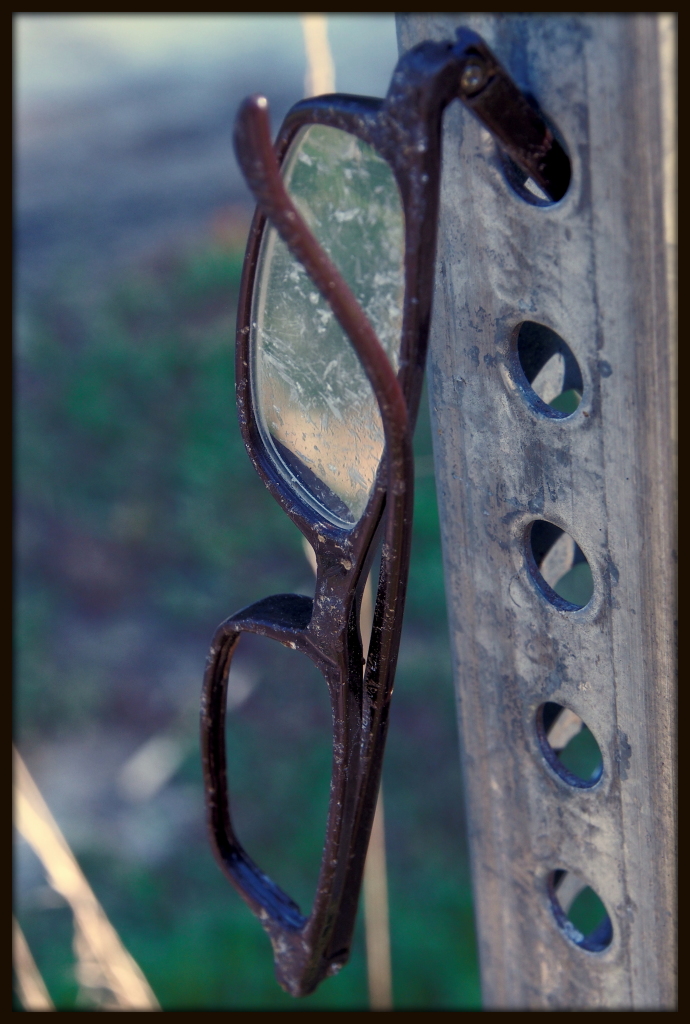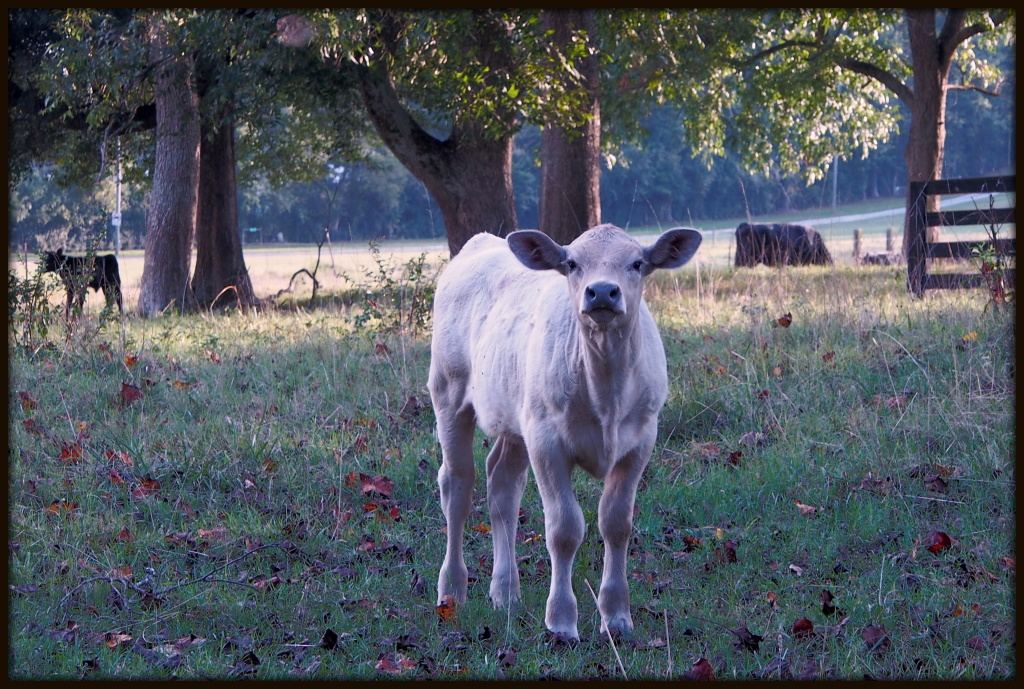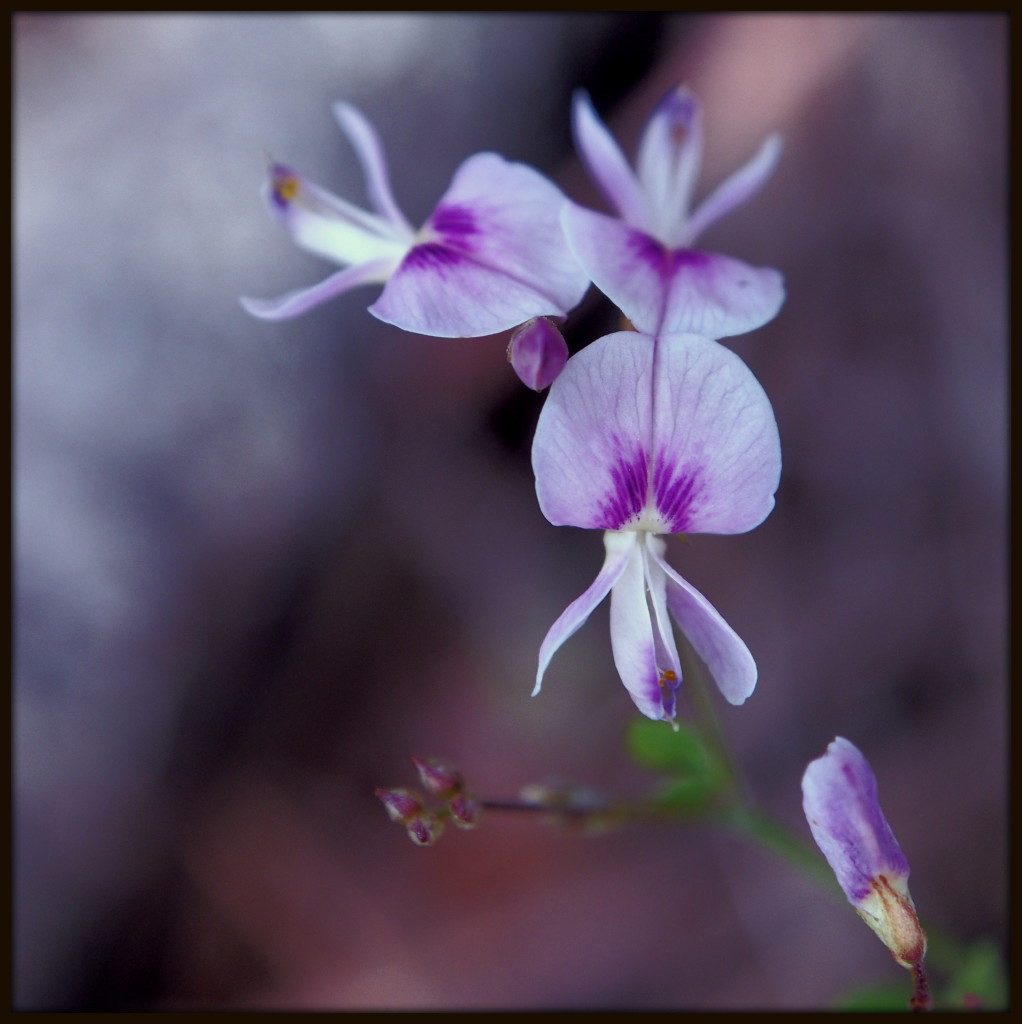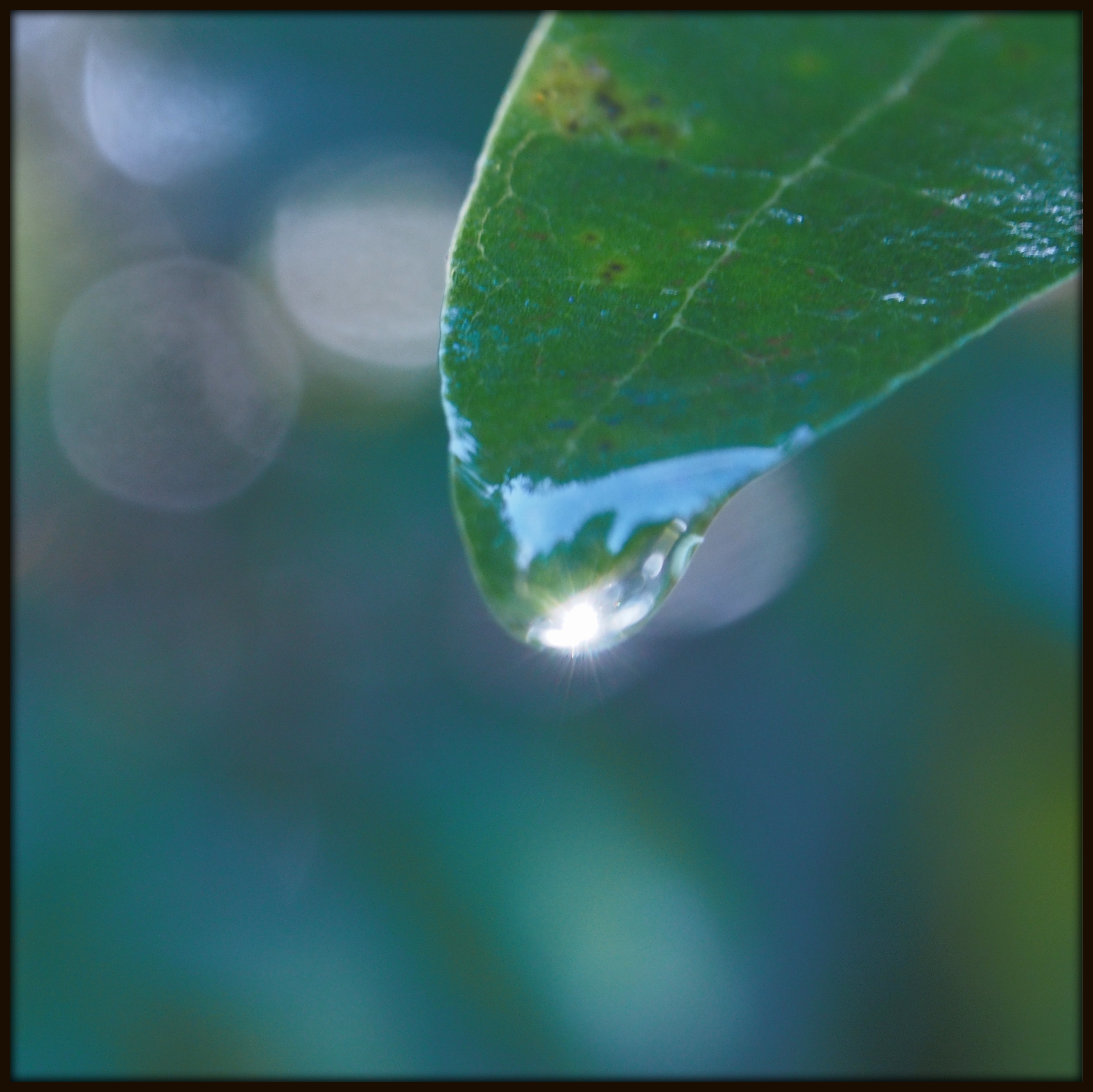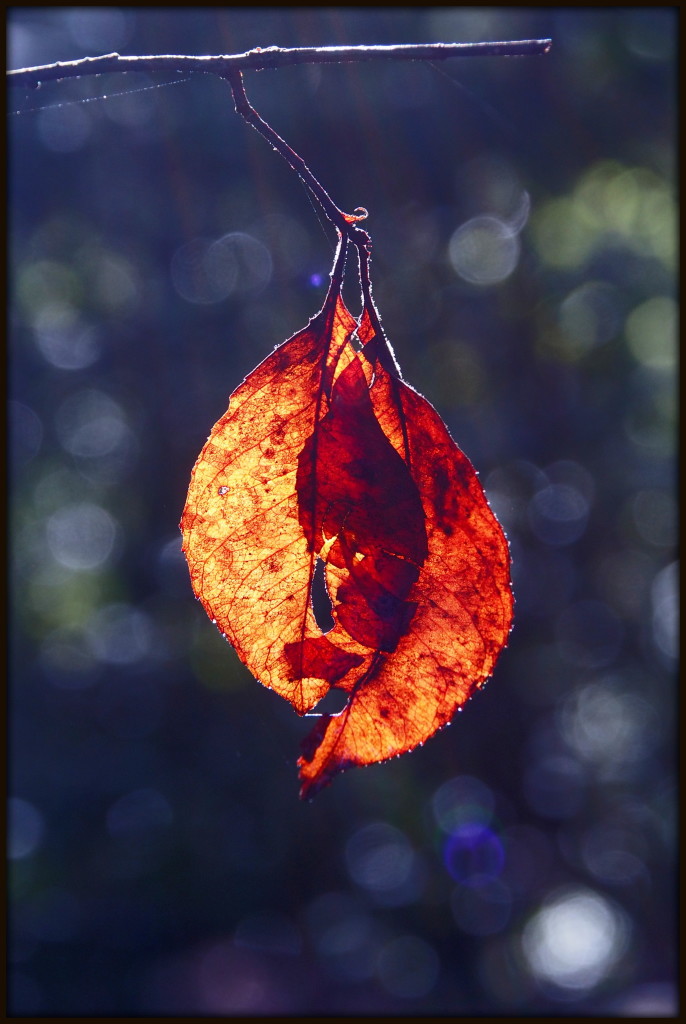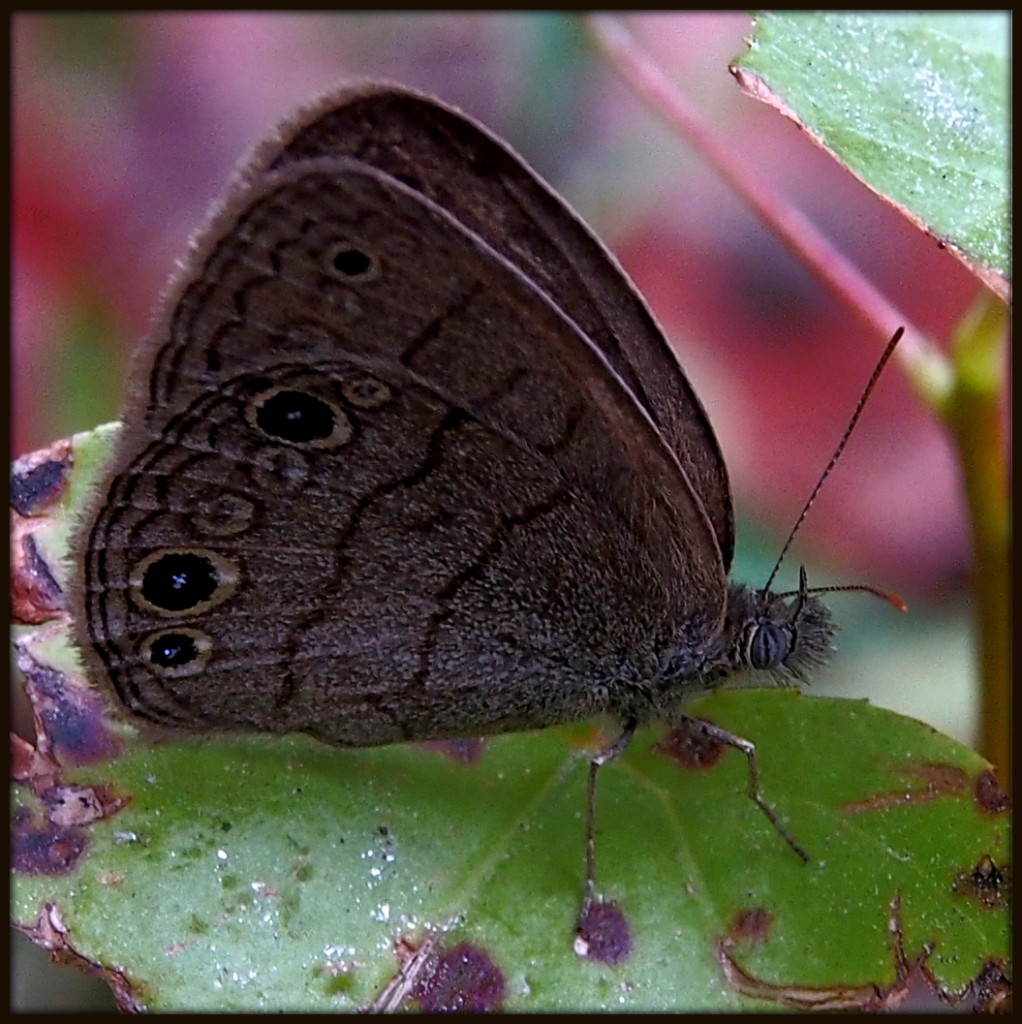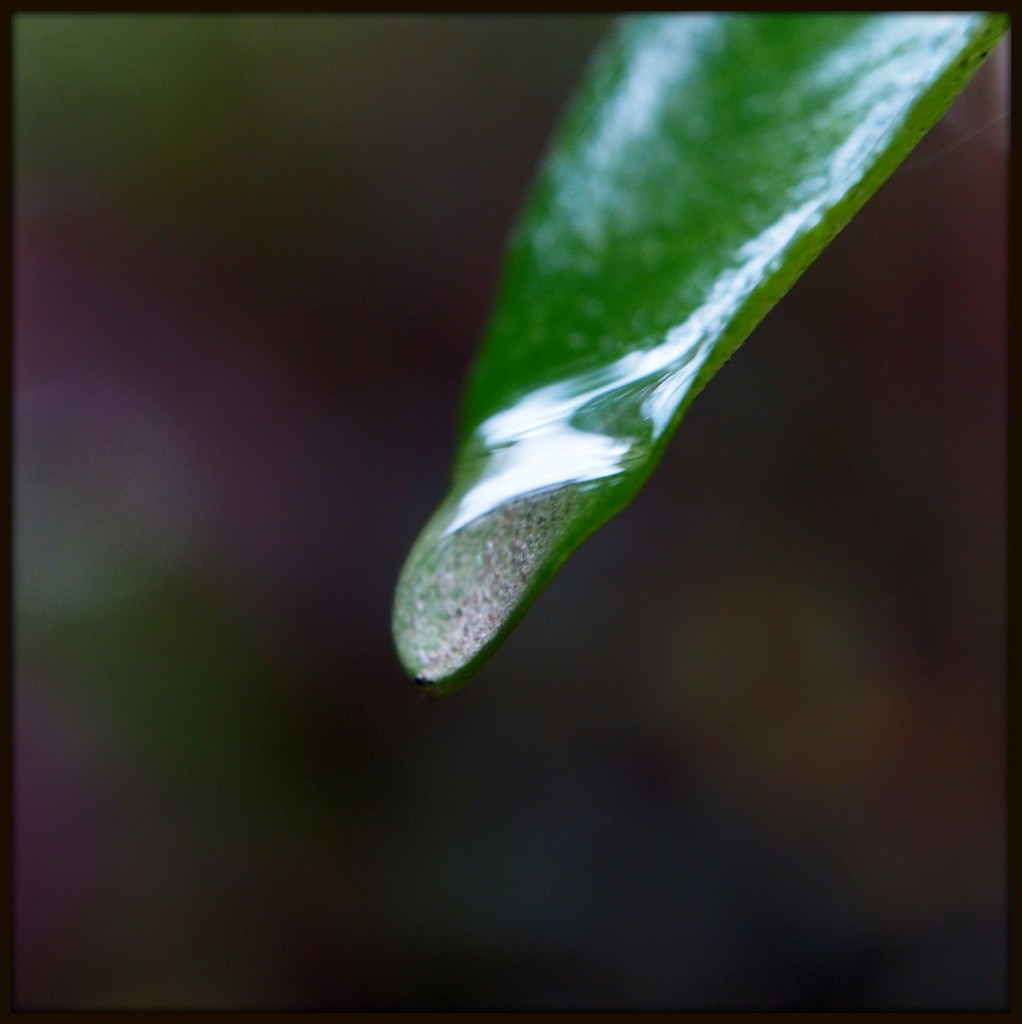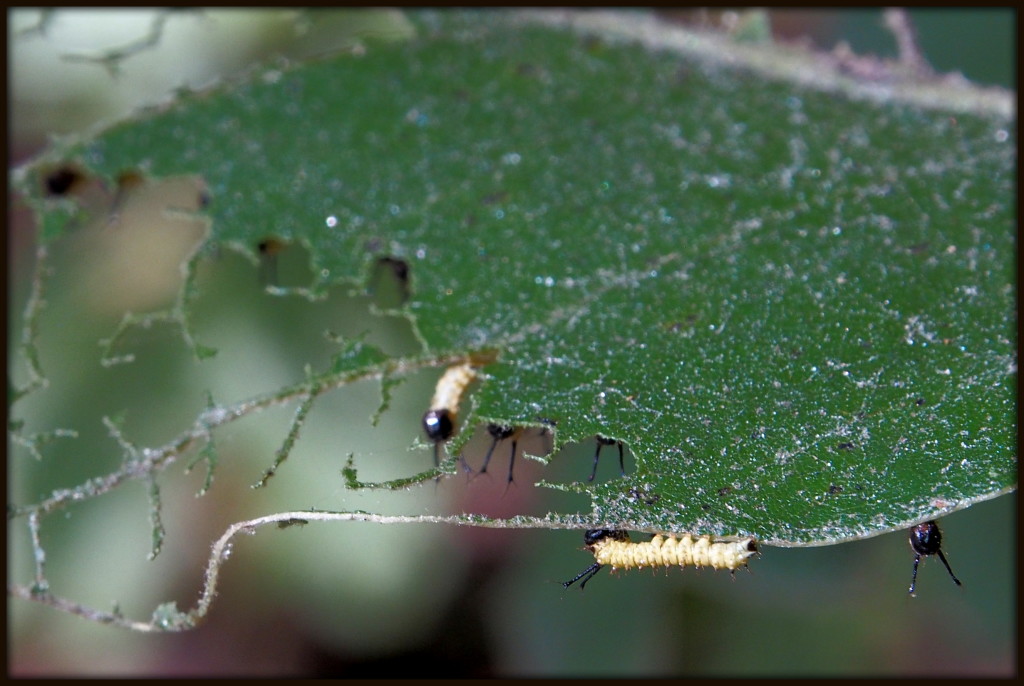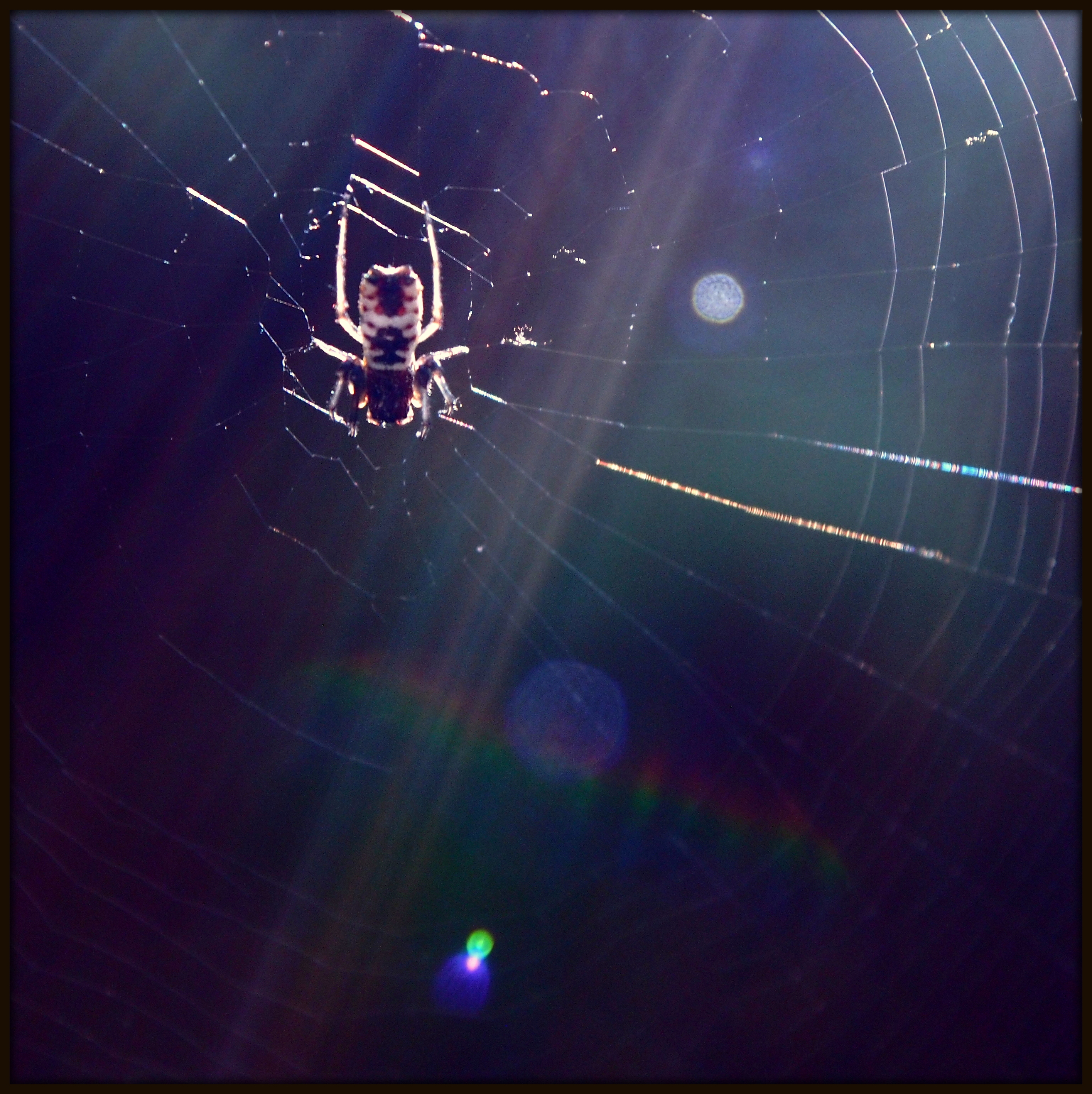Today marks at once both the 250th day of the Piney Woods Church Project and, by sheer happenstance, the 500th post on the Commonplace Nature blog. I confess that I felt a great burden as I set off on a morning ramble down the road today; what could I possibly find that would justify the status of 250th day and 500th post? What new image could even attempt to capture the journey I have taken this year, the wonders I have encountered on a seemingly nondescript bit of gravel track? I did see (and photograph) an insect I had not previously encountered, which will become post 501. But it was only when I returned to the intersection with Rico Rd. that I at last saw my muse: a pair of broken eyeglasses, attached to a stop sign post. I noticed them for the first time; ironically, in talking later with my wife, I learned that they had been hanging there for a couple of months. Walking the dogs one day, she had found them in the dirt, scuffed up and one lens missing, and had put them there for the owner, perhaps, to find. She hadn’t noticed them since, and neither had I. Until now.
The road has become my eyeglasses. I put them on when I reach the intersection with Rico Road, wear them gladly as I make my way to Hutcheson Ferry Road, and take them off again as I turn back at last onto Rico Road for the short stroll home. In-between, I encounter seemingly endless visions and wonders through their gravel frames. It is not all bouncing bunnies and frolicking calves — though I have seen those, too. There is also predation and death. There are moments of stillness, contained within drops of water or suspended from spiders’ threads. There are encounters with the unknown — insects unlike anything I have seen before, blossoms of flowers I have hurried home to identify in my field guides. The Sun illuminates leaves, which blaze in brilliant shades of yellow-green and orange-red. There is still a sense of wonder about what might await me around the next bend.
One-hundred-fifteen days to go. I begin to plan my next journey, one that will embrace all of Chattahoochee Hills. And, meanwhile, I continue my apprenticeship as a Dirt Road Pilgrim.
